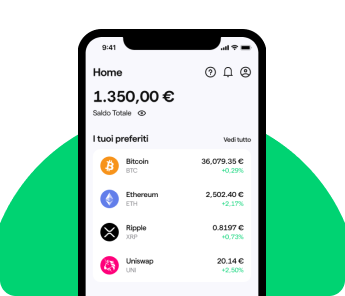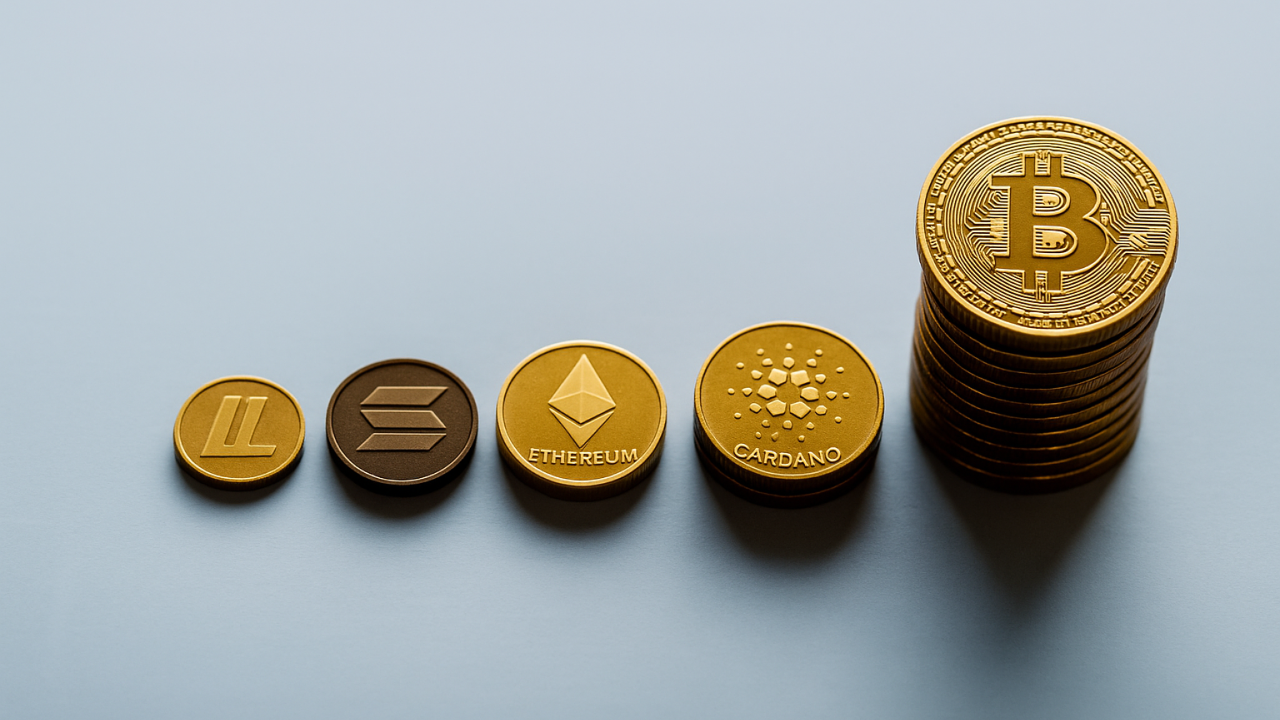What is lithium used for? What are lithium batteries? How does lithium work as a medicine? Let’s find out why this metal is in such high demand!
Lithium is a silvery-white metal that, in recent years, has become a critical resource in high demand by world superpowers and beyond. The reasons behind this incredible growth in demand can be found in its many uses: batteries, medicines, ceramics, lubricating greases and more. In this article, we will explore a mineral that has become so popular in just a few years. Let’s get started!
Lithium: what it is, who controls it and who is fighting over it
Lithium is the lightest and least dense alkali metal on Earth. It is silver-white and oxidises on contact with water or air, taking on a darker colour. It has unique physical characteristics that make it highly sought after in various fields, as we will see below. Among these, lightness, high energy density – i.e. the ability to store a lot of energy in a small space – and reactivity are the most important for the industrial world.
But how does the lithium supply chain work? What is the geopolitics behind this metal? To answer these questions, we have read and studied the report by the IEA (International Energy Agency) entitled ‘Global Critical Minerals Outlook’, published in May 2025. What do the experts tell us?
Who are the leading producers of lithium?
The first significant figure that highlights the importance of this metal concerns its production: in 2024, global lithium extraction recorded a substantial increase of 35% or more, for a total of 255 kilotonnes (kt) – by way of comparison, the world’s tallest skyscraper, the Burj Khalifa, weighs around 110 kt. The top five lithium producers in the world are unusual, as they include countries that are not often heard of.
Australia ranks first, with 90 kt of lithium extracted in 2024, taking the gold medal by a wide margin. According to the IEA, this gap is set to widen: by 2030, mining of this metal is expected to grow by a further 30-35%, reaching 124 kt. Second place goes to China, with 57 kt in 2024, while the last step on the podium goes to Chile, which produced 49 kt of lithium last year, earning the status of dominant producer in Central and South America. For fourth place, we have to move to the African continent, more precisely to Zimbabwe, with 23 kt. Finally, in last place is another South American country, Argentina, which extracted 13 kt of lithium from its mines. In this regard, the IEA reports that this country increased production by 65% in 2024, to become an even more important player by 2030.
Another figure worth mentioning concerns the concentration of mining activities: while in 2024 the top three producers accounted for 77% of global lithium production, by the end of this decade, the IEA expects this share to fall to 67%. Such a change indicates a certain geographical diversification, reflecting a widespread desire to enter this market. Analysts believe that by 2030, the share produced by the ‘rest of the world’ will rise from the current 17 kt to 49 kt. In addition, the amount of lithium extracted globally will double over the next five years, reaching a total of 471 kt.
Once lithium has been extracted, who is responsible for refining it?
In 2024, according to the report, global production of refined chemicals was 242 kt. The discrepancy between lithium extracted (255 kt) and refined lithium is, of course, due to the inherent and inevitable inefficiencies of purification processes. In any case, 96% of these activities are concentrated in the top three countries in the refiner rankings, but it is believed that by 2030, the oligopoly will lose some market share, falling to 85%. Speaking of rankings, let’s take a look at the top five.
In first place is China, in a position of absolute dominance, which in 2024 processed 170 kt of lithium chemicals: the People’s Republic alone controls 70% of total global refining. It has no intention of stopping, as this figure is expected to rise to 277 kt by 2030. Second place goes to Argentina, which refines the same amount of lithium that it extracts, i.e. 13 kt. The bronze medal goes to Australia, a country that is only interested in extraction. Only 4.5% of the lithium collected in the fantastic land of kangaroos is refined, i.e. 4 kt. In fourth place are the United States and South Korea, with 3 kt of lithium each. With 1 kt produced in 2024, the last place in this special ranking goes to Japan.
Returning quickly to China, the IEA states that, despite having a near-monopoly on refining processes, the Dragon could lose a significant share of the market in ten years. Specifically, its share could fall from 70% to 60% by 2035. This is also because, according to forecasts, Argentina and the United States are expected to increase their refined lithium kt by 270% and 800% respectively, i.e. from 13 to 49 kt and from 3 to 27 kt.
The lithium market: what is the demand?
In 2024, lithium saw a 30% increase in demand: the energy sector, of course, drove this increase, precisely because of the fundamental role this metal plays in the construction of batteries, electric machines and components for renewables.
As for future demand, the IEA envisages three different scenarios with three different types of output. These scenarios are called STEPS, APS and NZE: the STEPS (Stated Policies Scenario) is the baseline scenario and represents the future as a continuation of the present, with current energy policies remaining in place; the APS (Announced Pledges Scenario) assumes that governments will achieve their energy and climate targets, such as phasing out fossil fuels and increasing renewable energy; the NZE (Net Zero Emission) scenario depicts a future in which the global energy sector has achieved net zero emissions by 2050.
In the first scenario – STEPS – lithium demand is expected to rise to 700 kt by 2035 and 1,160 kt by 2050, growing almost fivefold compared to 2024. In the second and third scenarios – APS and NZE – demand would be 30% and 20% higher than in the baseline scenario, reaching 1,500 kt and 1,400 kt, respectively.
And the price?
The price of lithium is a topic that may seem counterintuitive at first glance: since 2023, the value of this metal has fallen by 80%. One might wonder how this is possible, given that there was a 30% increase in demand in 2024 alone and that demand is set to increase fivefold over the next twenty years. The answer, as the law of supply and demand dictates, lies precisely in supply, which has grown exponentially and is set to continue on this trend.
Lithium is the 25th most abundant material on Earth and, unlike gold and Bitcoin, it is not scarce. This means that if demand rises, even by 30% in a year, supply adjusts more or less easily, and the price remains stable or even falls in the event of overproduction. However, to give a couple of figures, the cost of lithium in a typical 57 kWh battery – a battery for a common medium-sized electric car – has fallen from $67 to $15.
Since we were talking about batteries and electric cars, let’s move on to the next section, which covers the main use cases.
What is lithium used for? The main use cases
As we have pointed out several times, lithium owes its popularity mainly to the energy sector, the primary driver of demand, particularly for electric car batteries. However, there are other, less well-known but essential applications. The pharmaceutical industry, for example, uses lithium as a drug in the treatment of specific psychiatric disorders. In contrast, the manufacturing sector uses it in glass and ceramics processing, as well as in machine lubrication. Let’s look at each case individually.
What are lithium batteries?
Lithium batteries, or more correctly, lithium-ion batteries, are highly functional batteries because they are smaller, lighter, and more powerful than traditional batteries, such as lead batteries. This type of battery is such an important innovation that in 2019, its three inventors received the Nobel Prize in Chemistry.
Today, lithium batteries power smartphones, laptops, electric cars and more, precisely because this metal has a particular physical characteristic that gives it a significant advantage over its competitors: high energy density. Put simply, this means that, for the same weight or volume, lithium batteries can store and release much more energy than older, more conventional batteries. What’s more, they are rechargeable—a win on all fronts.
How does a lithium battery work? Without going into too much detail, these batteries work thanks to lithium ions, which is why it is more accurate to call them lithium-ion batteries: an ion, in a nutshell, is an atom that has lost an electron and therefore takes on a positive charge. The battery is composed of two main elements, the cathode and the anode. What happens, explained in straightforward terms, is that during the discharge phase, when the battery supplies energy, the lithium ions move from the anode to the cathode, generating electricity.
In short, thanks to the invention of three scientists, we are now able to produce increasingly compact, lightweight and efficient technological devices.
Lithium as a drug
Lithium is mainly used in medicine to treat bipolar disorder, a psychiatric condition characterised by extreme mood swings, in which the patient alternates between states of intense euphoria and irritability – episodes of mania and hypomania – and periods of deep depression. Thanks to its properties, this particular metal is used to reduce the switches between the two moods as much as possible and thus stabilise mood.
The effectiveness of lithium as a drug in this field was discovered in the late 1940s by John Cade, an Australian psychiatrist who was captured by the Japanese during the war. The doctor noticed that some of his cellmates, due to poor nutrition, were exhibiting unusual behavioural reactions. After the war, Cade resumed his studies and discovered that lithium carbonate had a calming effect on laboratory animals. He tried this chemical compound on himself and ten patients and, documenting the treatment, noticed significant improvements in the psychiatric condition of the subjects. However, the discovery went unnoticed, but twenty years later, Danish psychiatrist Mogens Schou decided to revisit the discovery and validate it scientifically, following experimental methods. In 1970, the research was finally reviewed, accepted and validated: lithium was undoubtedly an effective drug for the treatment of bipolar disorder.
Lithium: side effects
Like all drugs, lithium is not without side effects. The less serious ones, which do not require immediate medical attention, include stomach ache, indigestion, weight loss or gain, swollen lips, excessive salivation and itching. There are other effects for which it is advisable to seek medical attention quickly, such as severe thirst, swelling of the legs, difficulty moving, fainting, abnormal heartbeat, and severe headaches. Finally, those that require immediate medical attention include severe dizziness and blurred vision, slurred speech, severe drowsiness, nausea and vomiting.
Other uses
As already mentioned, lithium is also used in other sectors, such as manufacturing, industry and chemicals. Here are some examples:
- Glass and ceramics: Lithium is used to lower the melting temperature of glass and ceramics, resulting in significant energy and cost savings. It also has positive effects on the strength, durability and shine of the final products.
- Lubricating greases: the industrial and automotive sectors use lubricating greases containing lithium because they are highly resistant to water and high temperatures.
- Organic chemistry and polymers: Some lithium compounds are frequently used by the chemical industry because of their powerful reactivity. In particular, they are essential for the manufacture of synthetic rubber.
We have come to the end of this long journey to discover this metal and the infrastructure behind its production, refining, distribution and demand. Will lithium remain as important in the future? Will other technologies replace it?












